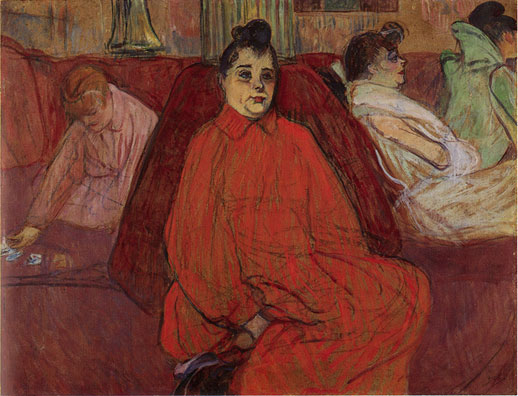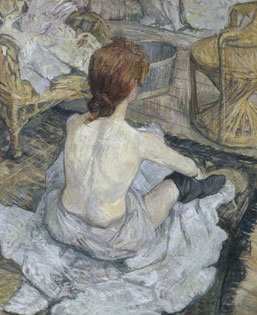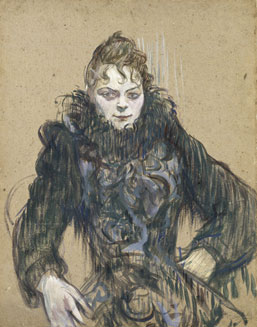Old Walls for Old Works
Modern art museums have a tendency to actually favour contemporary art these days, opting almost always for multi-purpose spaces that allow for maximum flexibility in exhibition design. Contemporary art displays well in the white boxes and black boxes that are so often constructed out of multi-purpose spaces. However, curators are faced with a problem when they try to show works that were never made for a black or a white box, so it is interesting to see how museums choose to display works that now over 100 years old. Tate Britain is distinctively separated into white walls on the right hand side of the main hall and traditional crimson, navy or grey colours on the left hand side, showing contemporary and traditional works respectively. Of course Tate Britain also has some multi-purpose spaces at its disposal, yet the traditional paintings are hung on fixed walls as though admitting that sometimes works need to succumb to the established conditions of the space. So, what do curators do if they plan to show old works and all they have to work with is a multi-purpose space?

The current exhibition of Henri de Toulouse-Lautrec’s work at the Suntory Museum of Art is an example of the half-measures that can arise in these circumstances. From the outset, one wonders how a space designed with an urban living room in mind could show paintings, sketches and prints of an artist who died 107 years ago and who had no idea of what an urban living room is. The Suntory Museum’s curators have responded by setting up partition walls, painting them various ‘traditional’ colours and hanging Lautrec’s works according to particular subjects he was drawn to: the Moulin Rouge, dancers, the circus and ‘Japonica’. The exhibition is intended as an ‘introduction’ to Toulouse-Lautrec’s work, and a straightforward and logical approach such as this one does allow for visitors to absorb the basic details of who Lautrec was and what inspired him. All of the works collectively portray the subjects he would regularly interact with. They portray the way “he drew them, charged his memory with them, and [even when] dying, reproduced them” . They portray the way he stripped “the pictorial image of its superfluous references to the object, transforming the object into a simple, abbreviated, concentrated, evocative symbol.” In short, he worked from his collection of symbols as much as he did from his models. With none of us having experienced his world or even one like it, his portrayal of that world is all we can engage with, yet these works are all compromised by the one thing that frames them for the public: the context.


The works may be historically and socially informative; they may be spiritedly executed, but the use of coloured walls to try to replicate the environment of a traditional art gallery does little but signify the kind of walls that these works could once have been hanging on. In this way, one could say that the exhibition itself has stripped the works of superfluous references, transforming each of them into simple, abbreviated, concentrated and evocative symbols. In short, the exhibition is a symbol of Toulouse-Lautrec’s work, which in turn signifies the world which he enjoyed and depicted. Hung on walls that have their own presence and aura, his works might well have begun a past dialogue of which we could tap into. However, hung on imitation walls, his works become tight-lipped surfaces, images that cannot speak for themselves.
Gary McLeod
Gary McLeod



